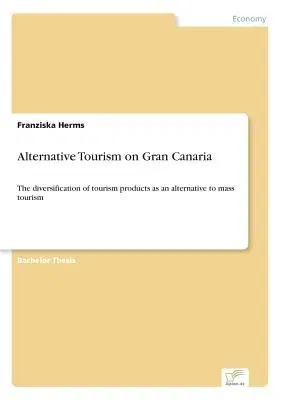Inhaltsangabe: Abstract: When thinking about the island of Gran Canaria
hardly anyone has the image of endless green and yellow flushing
mountains, little traditional colourful villages, undiscovered
wine-cellars and hidden cultural treasures in mind. But this may change
in the future, as Gran Canaria is on its way to a new tourism
development, in search for alternative tourism. In recent years, there
has been a rapid rise in interest for alternative forms of tourism,
which are frequently presented as alternatives to traditional mass
tourism. Factors responsible for the enhanced awareness include a
greater awareness of the environmental impacts of tourism, a growing
demand from tourists for new experiences and economic development
policies. Today leisure and tourism are more than just elements in
social life, but also indicate the individual's position in society.
People are looking for sporting challenges like biking, climbing or
rafting, or want to collect experience of life inside foreign cultures.
On Gran Canaria alternative tourism expresses the alternative to the
island's mass tourism. Nearly three million visitors have arrived
annually on the island, but within the last years these numbers are
decreasing constantly. An action out of this development was the
implementation of a diversification policy, while focusing on other
tourism resources Gran Canaria can present. The island offers much more
than only sandy-white beaches and crystal clear water all year long.
These new tourism products focus on the natural resources of the island
in its interior, where the original life of indigenous people still can
be witnessed. Products like rural tourism, activity tourism or golf
tourism are becoming here more and more importance. Until now, only La
Gomera and El Hierro are known for their alternative vacation offers
within the Canary Islands. But this may change, as the island opens its
doors for a new type of traveller trough a very diverse tourist offer
than


